Visit by Austrailan Childrens performer and educator Murry Cook.
In Febuary 2014 I was commissioned by ActionAid Cambodia to document the week long visit of Murry Cook. Murry is a famous childrens performer and is also an educator who holds a PHD in education. In association with ActionAId Australia Murry came to visit the work of ActionAId Cambodia in the field of rural education, visiting both Kampot Province and Siem Reap Province.
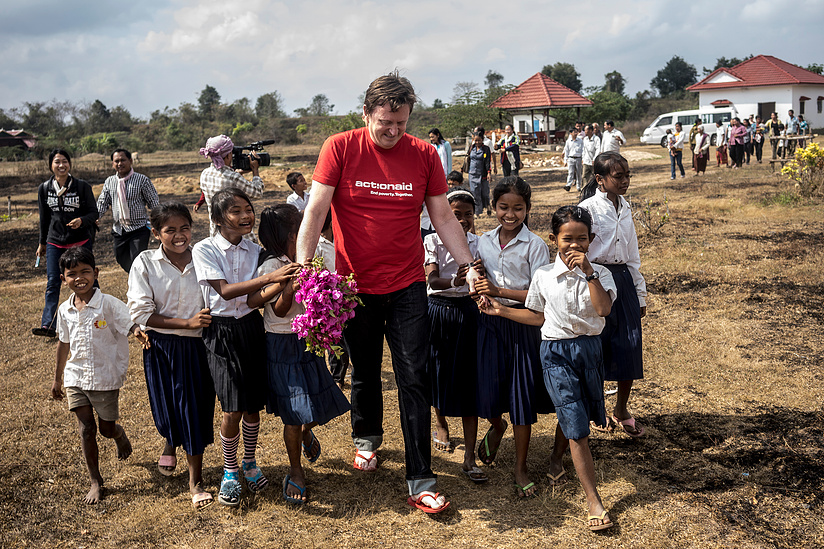
Murry Cook is greeted by the children of Wat Teukthla Primary School in Chouk District, Kampot Province, Cambodia.

Murry Cook performs for the children at Wat Teukthla Primary School in Chouk District, Kampot Province, Cambodia.
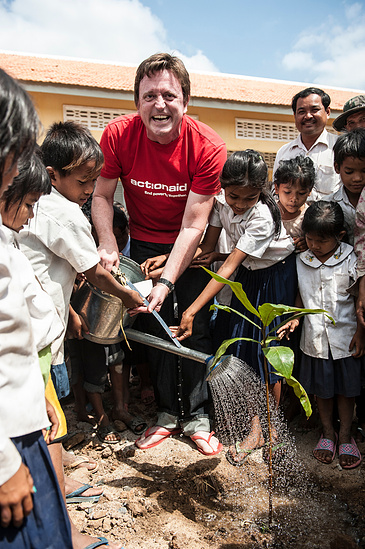
Murry Cook plants a tree with the children at Wat Teukthla Primary School in Chouk District, Kampot Province, Cambodia.

Children run home after a day at school. Earlier in the day the children were visited by Murry Cook who came to see their school Wat Teukthla Primary School in Chouk District, Kampot Province, Cambodia.
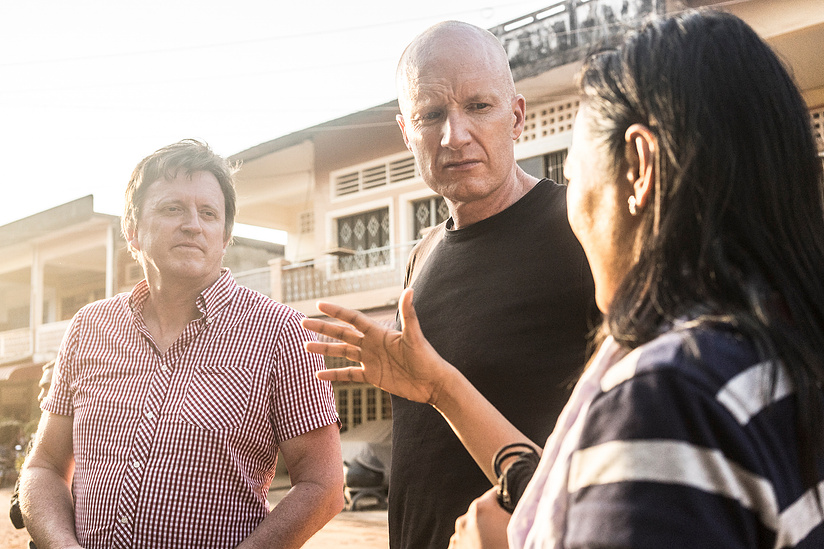
Murry Cook, Archie Law ( head of ActionAid Australia) talk with Kimtheng Sen ( Program officer ActionAid Cambodia) at the end of the visit to Wat Teukthla Primary School in Chouk District, Kampot Province, Cambodia.
Child Labour in Brick Factories, Cambodia.
In 2007 I was commissioned by The Cambodia Daily to document the increase in migrant workers into brick factories on the edge of Phnom Penh and Kandal Province. In 2007 there had been an increase in construction in Phnom Penh and the demand for bricks had increased. Migrant workers from around the country had flocked to this booming market. The workers moved as families bringing their children with them some of whom ended up working in the factories with their parents. The rise in child labour resulted in several child protection NGO's to approach the factories to ensure that children where not taking part in heavy labour. The following series of images show children and teenagers working in these harsh environments.
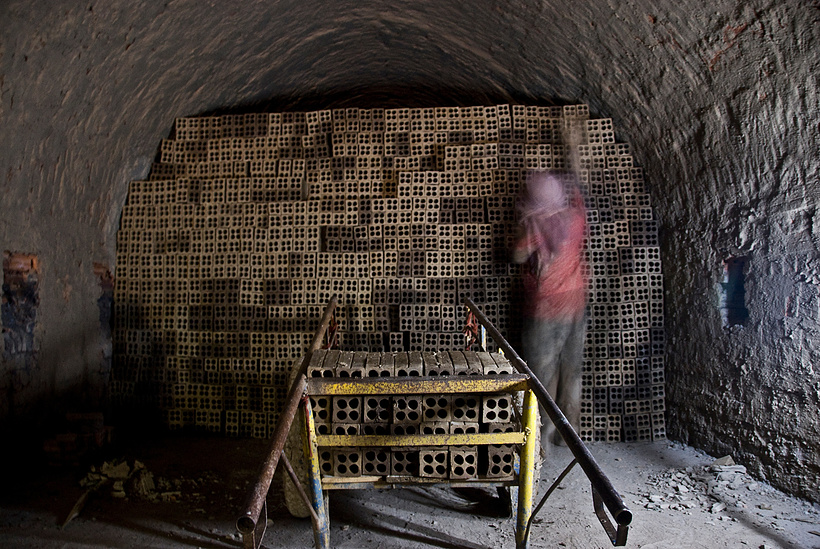
Inside the Kiln of a brick factory in Kandal Province, Cambodia. Wet bricks are stacked by hand before being baked by fire.
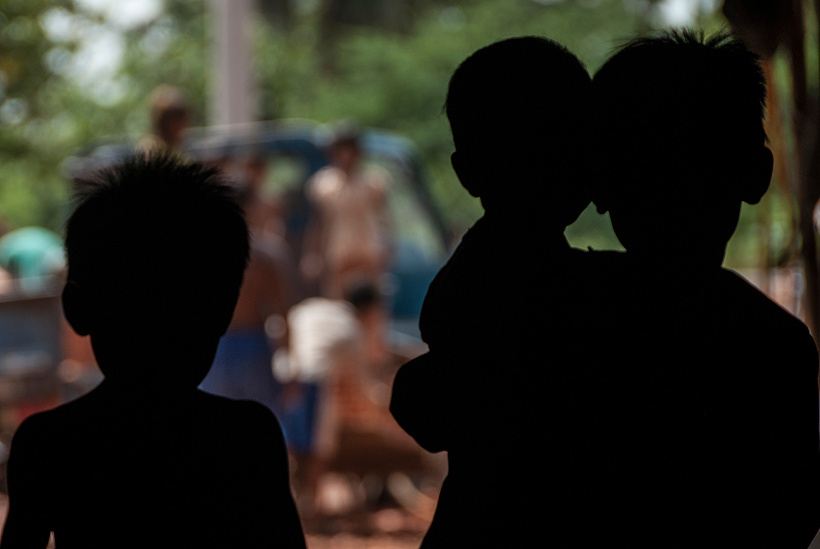
Three children silhouetted against the image of children loading bricks onto a truck at a brick factory in Kandal Province, Cambodia.

Teenage boy drags a cart of bricks from inside a Kiln at a brick factory in Kandal Province, Cambodia.
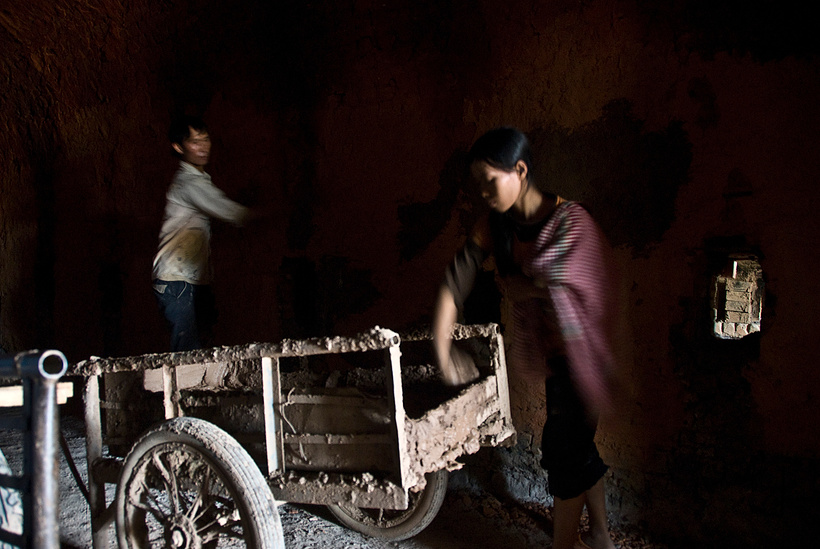
Two workers repair the inside of a Kiln, The immense heat required to bake a brick also causes damage to the Kiln itself and has to be repaired by hand.
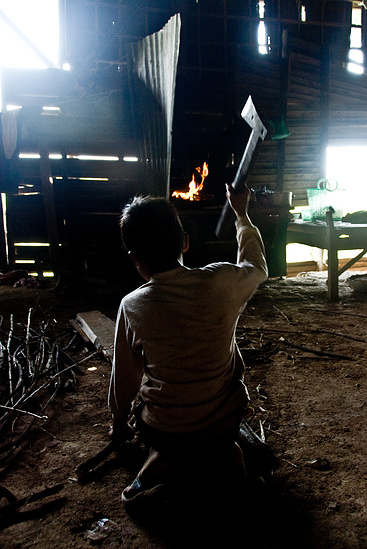
A young boy chops wood inside a brick factory in Kandal province, Cambodia.

A young worker in a brick factory in Kandal Province, Cambodia. The young worker has been carrying clay on his shoulder to the moulds used to form the bricks.
Floating Village
ActionAid Cambodia has been working with floating village communities 7-8 km from the shores of Tonle Sap lake in Pursat province, Cambodia.
When we began our involvement in 2005, in the words of Deputy Village Chief Srey Mom, the community was "fractured". People had meagre incomes, and faced inadequate nutrition, poor literacy, low education levels, significant domestic abuse plus competition from illegal fishing. There was little or no community spirit and it was every family for themselves.
Initially work focussed on community building and improving adult literacy: this is now 70-80% while child literacy nearly 100%. In 2007, ActionAid supported the community to construct a new floating school building; and worked with the local government to provide a teacher, who now lives in the floating village close to the pupils.
In 2009, work began to improve the sustainability people’s livelihoods. Fishing has always been the backbone of the community economy, but ActionAid introduced the concepts of organic 'fish farming' and small scale floating agriculture. The results are seen in the improved diets of the villagers and the ultimate aim is to sell excess produce on the mainland.
In the past domestic violence was ignored. Now it is confronted and dealt with. While the community still battles with illegal fishing, people now believe they have the literacy skills and understanding of procedures that will help them solve the problem by themselves.
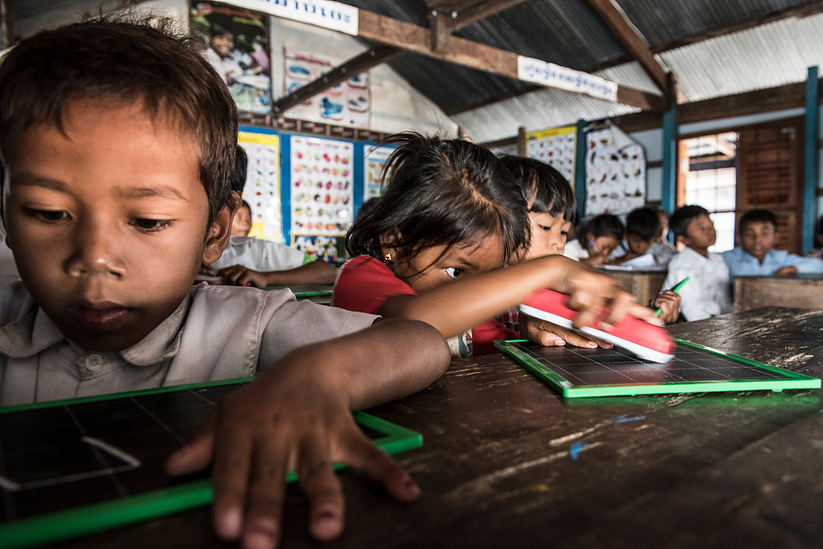
Children at their school desks in the floating school build by the community with help from ActionAid in 2007. Children in the floating village on the
Tonle Sap lake in Pursat province, Cambodia. The children only help their parents with economic activity once school has finished for the day.
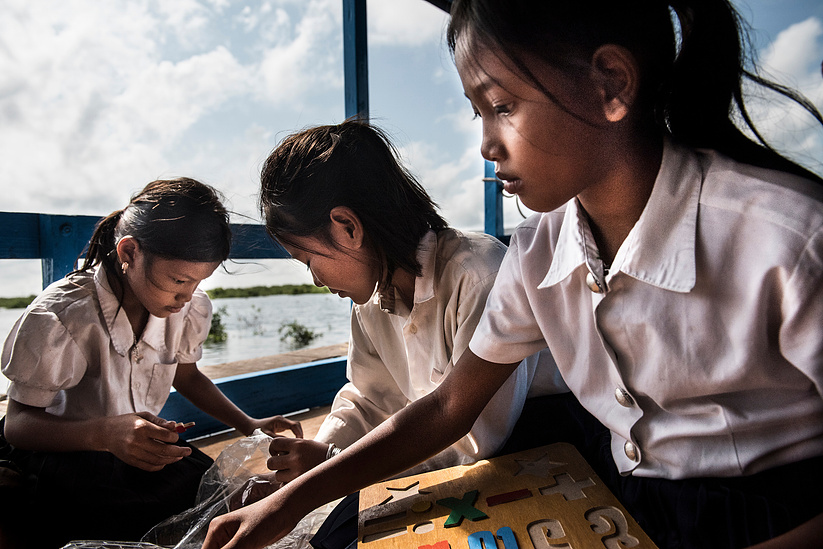
Children using puzzles to study in the floating school build by the community with help from ActionAid in 2007. Children in the floating village on the
Tonle Sap lake in Pursat province, Cambodia, can only help their parents with economic activity once school has finished for the day.
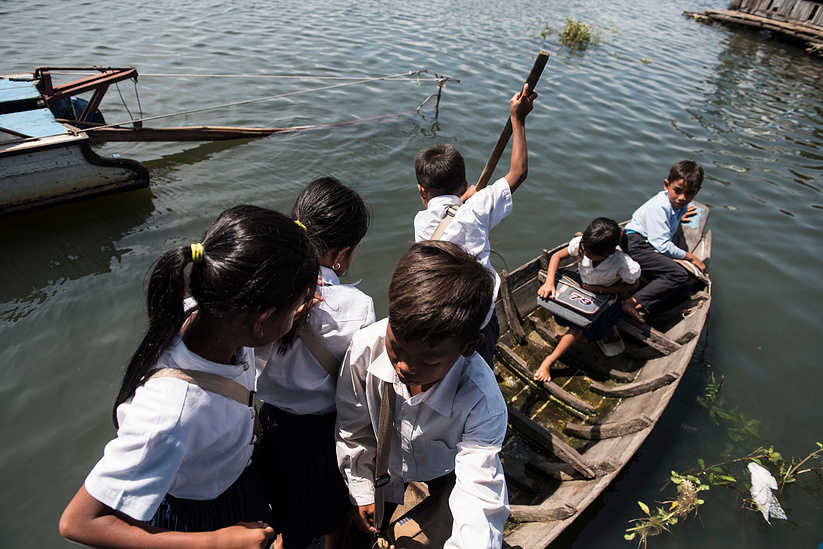
Children leaving school by boat in the floating village on the Tonle Sap lake in Pursat province, Cambodia.
Child literacy in the community is now almost 100%.
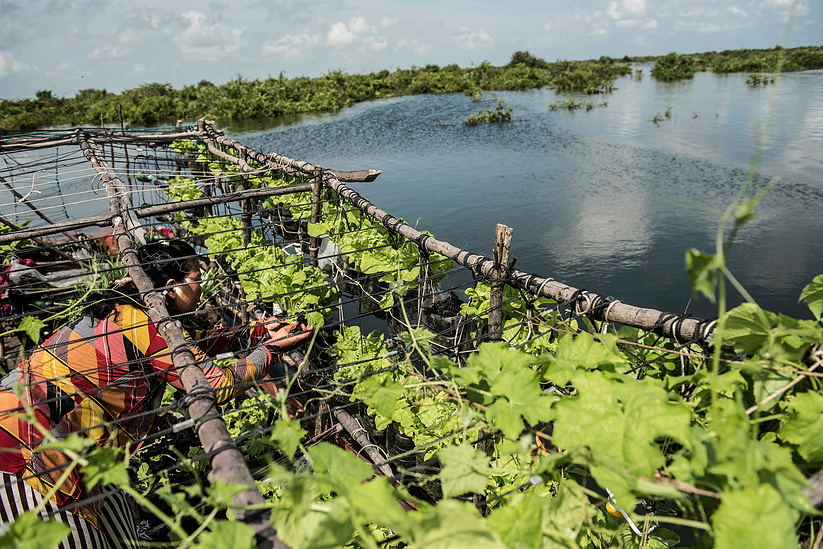
A floating organic vegetable patch is tended by a member of the floating village on the Tonle Sap lake, Pursat province, Cambodia. The aim is to grow more produce than the villagers can eat and sell the surplus on the mainland. The introduction of vegetables into the villagers’ diet has also had significant beneficial effects.

Children fishing after school. on the Tonle Sap lake, Pursat province Cambodia. Fish are still the community’s main source of income and the principal component of their diet.
Cambodia's UXO Salvage Divers
It has been over 30 years since the end of the Khmer Rouge regime, which resulted in the deaths of an estimated 2 million people. Cambodia and its people still suffer from the legacy of that dark time in a variety of ways, including the deadly and hidden threat of abandoned land mines, which still kill or injure more than 100 people every year.
Since the early 1990s, the Cambodian Mine Action Centre (CMAC) has been training de-miners and has been responsible for clearing vast areas of Cambodia from the threat of land mines. The huge task has now taken a new direction for CMAC. The group, working in conjunction with the Golden West Humanitarian Foundation, has selected a 9-person strong group of de-miners from 40 hopeful volunteers to become Cambodia’s first elite salvage diving unit.
During the early 1970’s ships carrying large stockpiles of explosive ordinance to supply the Khmer Republic were sunk in the Mekong and Tonlé Sap rivers by the Khmer Rouge and have laid there ever since as well as large ordinance dropped by the American Military during the Vietnam War on Cambodia have also ended up in rivers and lakes.
The selected 9 divers are being trained not only to dive and recover, but are also learning how to do so completely blind in depths of up to 30 meters and against the strong currents of the Mekong and Tonlé Sap rivers. These are hostile conditions, requiring both physical and mental strength and dexterity.
An Exhibition of the project will be shown at The Brunei Gallery for three months from the 10th July 2015.

UXO salvage diver Leng Channak (33) takes part in the training programme devised by the USA 7th Engineer Dive Detachment off the coast of Sihanoukville, Cambodia. The divers train to identify UXO (inert for training purposes) wearing ‘black-out’ masks to simulate the zero visibility they will encounter in the rivers and lakes of Cambodia.

Members of the UXO salvage dive team prepare dive equipment on the banks of the Tonle Sap river overlooked by local villagers.

UXO salvage divers and members of the USA 7th Engineer Dive Detachment takes part in the training programme off the coast of Sihanoukville, Cambodia. In this exercise the team was learning how to recover large inert ordinance using airbags to raise the item from the sea bed.

UXO Salvage diver Brak Hean (42) treads water in the Olympic swimming pool in Phnom Penh, Cambodia. The dive team is regularly pushed to the limits of their physical capabilities as part of their robust training program.

UXO Salvage Diver Phorn Peakdey (35) sprints along the beach as part of a training exercise at Sihanoukville,Cambodia.

Members of the UXO salvage dive team share breakfast together ahead of a training exercise. The divers live together in barracks and eat and cook together, every aspect of their daily life is aimed at creating a tight and cohesive team.
Strength in partnership
The Rovieng community in Preah Vihear province depends upon the forest for their livelihood Forest vines hold their timber homes together, and fallen trees provide firewood. They pick bamboo shoots to sell, and forage for traditional medicines.
The community came together in December 2006 after a logging company, accompanied by high ranking officials, and was seen surveying the area. In partnership with our local organisations , ActionAid began supporting their battle to retain forest usage rights while protecting the forest from illegal logging.
The community instituted patrols to detect illegal logging and report it to the authorities. Members formed a 'Community Forest Group', and ActionAid with local partners trained people on how to negotiate and complete the official forms required.
The Community Forest Group expanded and began meeting with local authorities to ensure they were not forgotten. By 2009 it was formally recognised as a community group, and in 2010 the necessary documentation was completed, rejected, and rewritten.
The application process started all over again in 2012, but by November 2013 the new forms were completed and submitted. They were accepted in June 2014 and the community’s rights to the forest were approved by the Province in August this year.
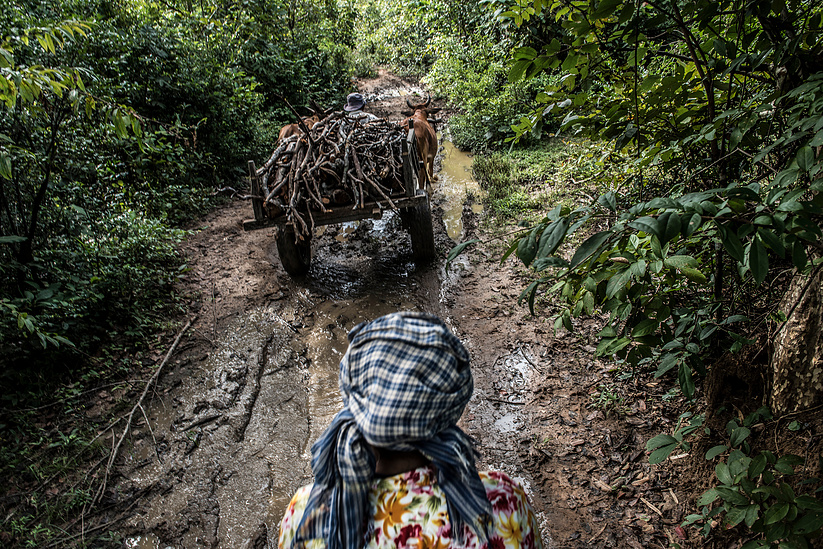
Members of the Rovieng forest community in Preah Vihear province, Cambodia, use an ox cart to transport fallen timber back to their village. for use as firewood Villagers can only collect fallen timber or fell small fast- growing trees: they cannot cut down large trees.
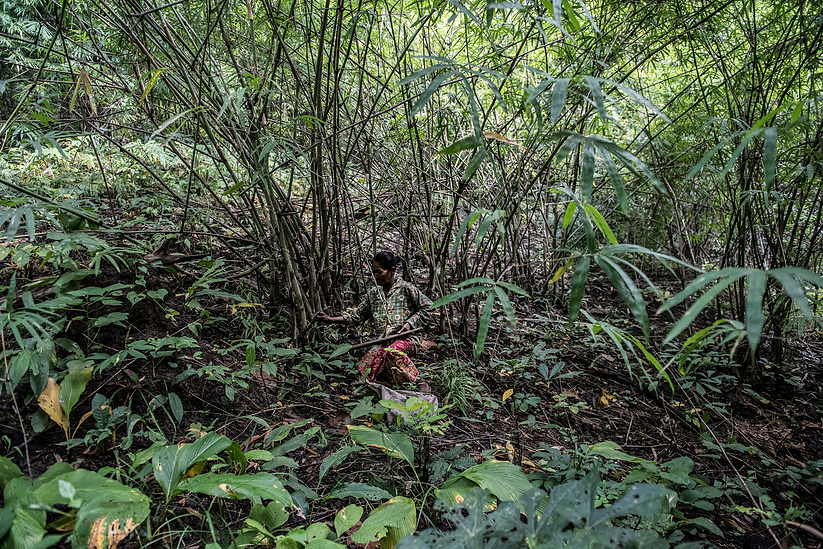
A member of the Rovieng forest community in Preah Vihear province, Cambodia harvests bamboo shoots to sell for cash. Bamboo shoots are one of the main cash crops from the forest.
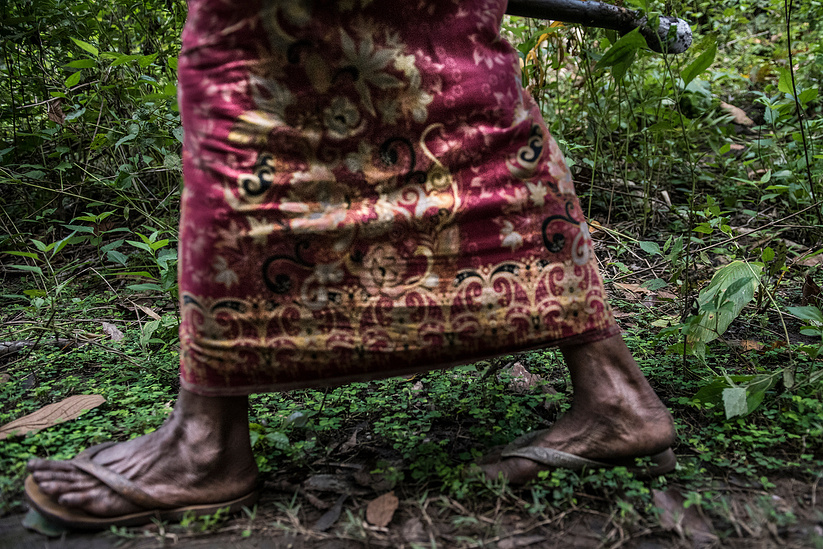
A member of the Rovieng forest community Preah Vihear province, Cambodia walks into the forest for a days work.
Protecting livelihoods, preserving forests
ActionAid Cambodia and partner organisation, Children and Women's Development Centre in Cambodia (CWDCC) have been working in Cham fishing communities in Kampot province since 2008. But soon afterwards, the communities' historic rights over their fishing resources were stripped from them by outsiders.
We helped mobilise local people to lobby the Government to restore their rights. In 2009 the campaign resulted in the formal recognition and establishment of the Trapang Sangke Community Fishery.
ActionAid Cambodia and CWDCC have continued working with the community to help keep the fishing resources sustainable. Some 40 ha of the 72 ha mangrove forest has now been deemed a biodiversity and aquatic conservation zone. About 5,000 new adult mangroves have been planted, and a newly-established nursery boasts 13,000 saplings.
Patrols have been introduced to protect the forest and to detect illegal fishing activity. Illegal small-mesh nets are now being tackled vigorously and successfully.
Average catches have increased to a point where the community is generating sufficient income to be self-sustaining, and fishing incomes have risen to $5-10 per day. ActionAid Cambodia and CWDCC have also helped the community develop a new ecotourism resort.
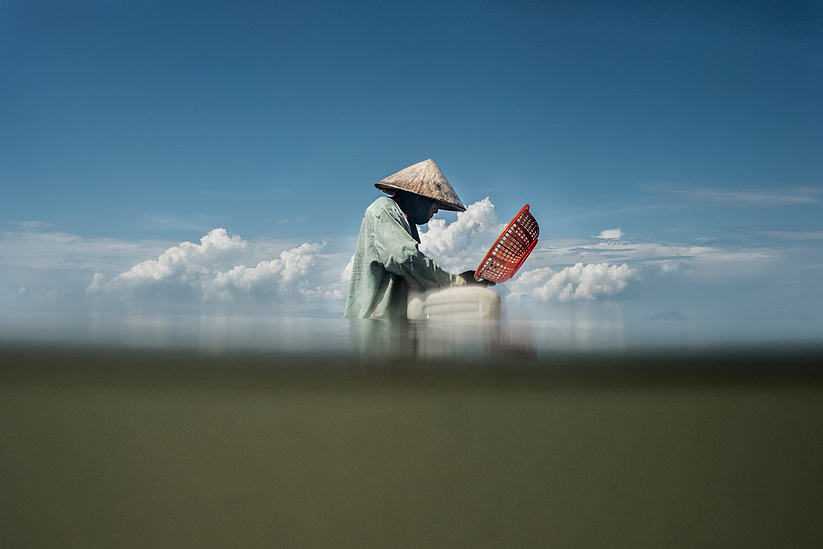
A member of the Trapang Sangke Community Fishery stands waist-deep in water as they wash shrimp they have caught before bringing them back to land for drying and sale.

A member of the Cham community of Trapang Sangke Community Fishery,Kampot province, Cambodia planting mangrove saplings. The community has 13,000 saplings under cultivation.
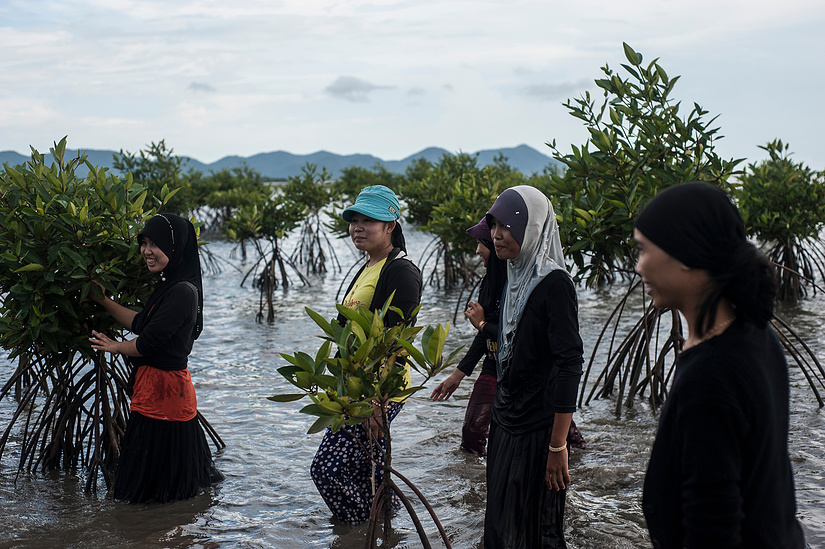
Members of the Cham community of Trapang Sangke Community Fishery,Kampot province, Cambodia planting mangrove saplings. The community has 13,000 saplings under cultivation.
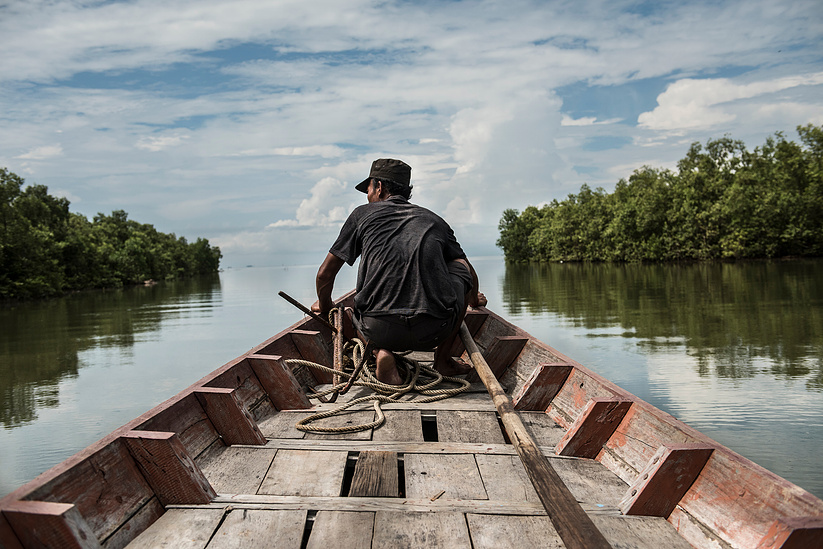
A member of the Trapang Sangke Community Fishery Kampot province, Cambodia on patrol to guard against illegal fishing in the area now designated for the community fishery.

A member of the Trapang Sangke Community Fishery, Kampot province, Cambodia in the mangroves hunting for crabs. The average daily crab catch has more than trebled since the formation of the Trapang Sangke Community Fishery.
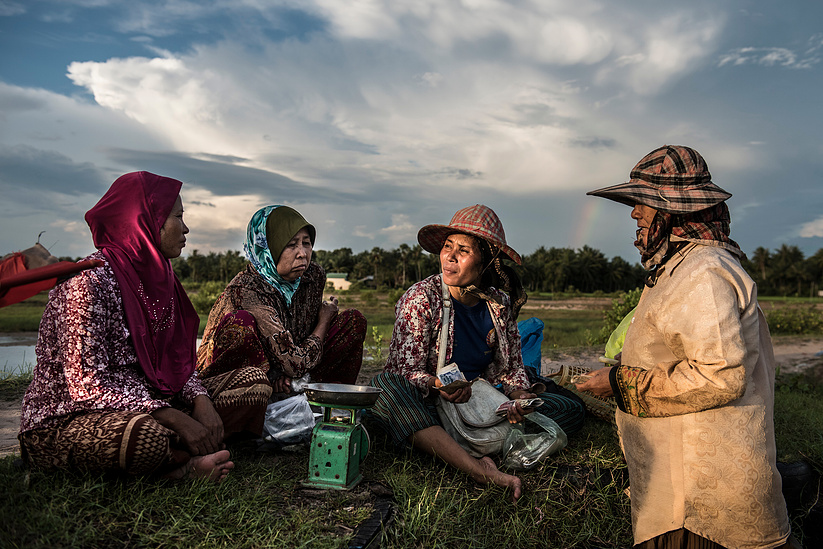
Buyers negotiate the price for the days catch in Trapang Sangke Community Fishery, Kampot province, Cambodi.

Members of Trapang Sangke Community Fishery, Kampot province, Cambodia answer the evenings call to prayer, the local community is predominately Cham who follow Islam.
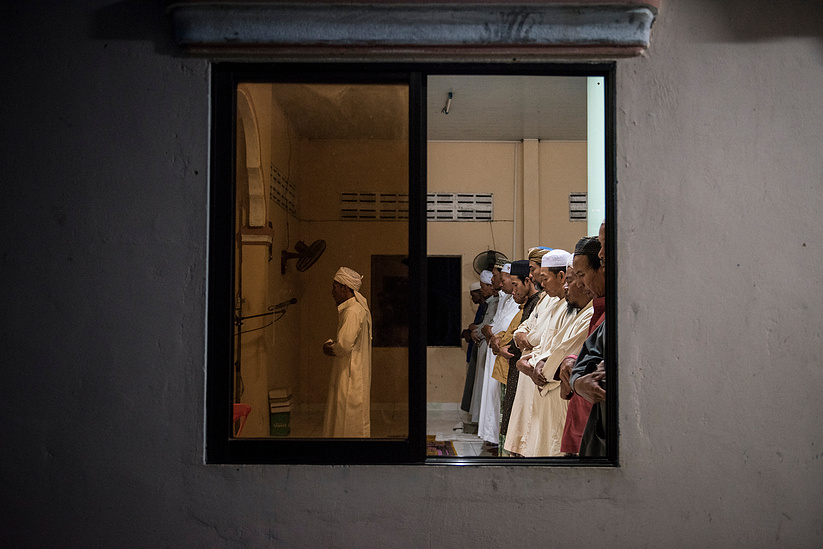
Members of Trapang Sangke Community Fishery, Kampot province, Cambodia answer the evenings call to prayer, the local community is predominately Cham who follow Islam.
UNICEF Cambodia: I am currently contacted to UNICEF covering a range of their programs as well as producing multimedia.
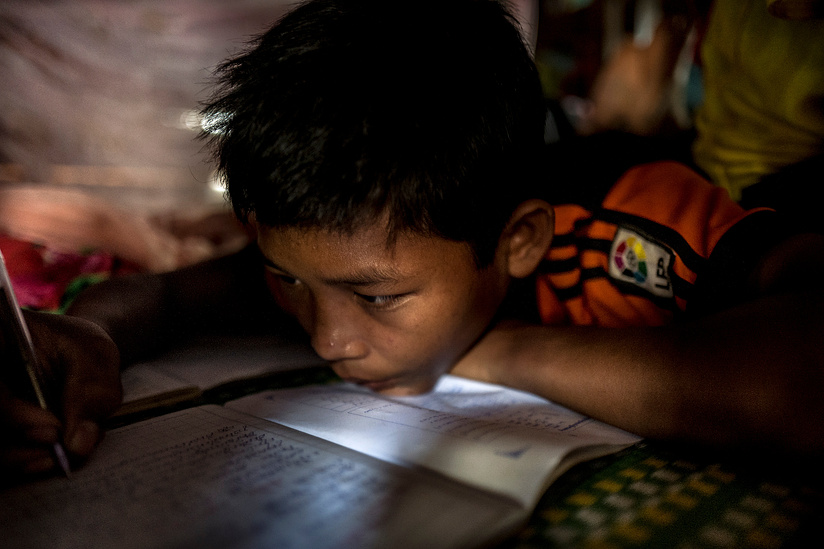
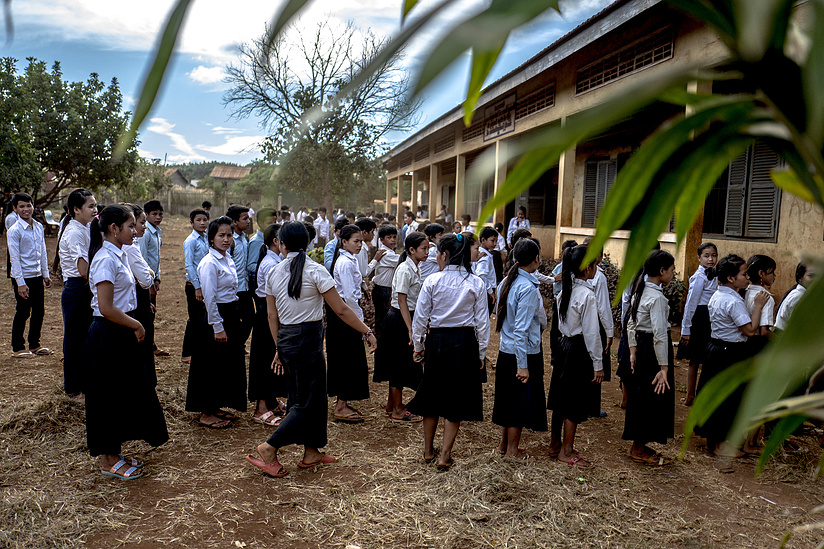

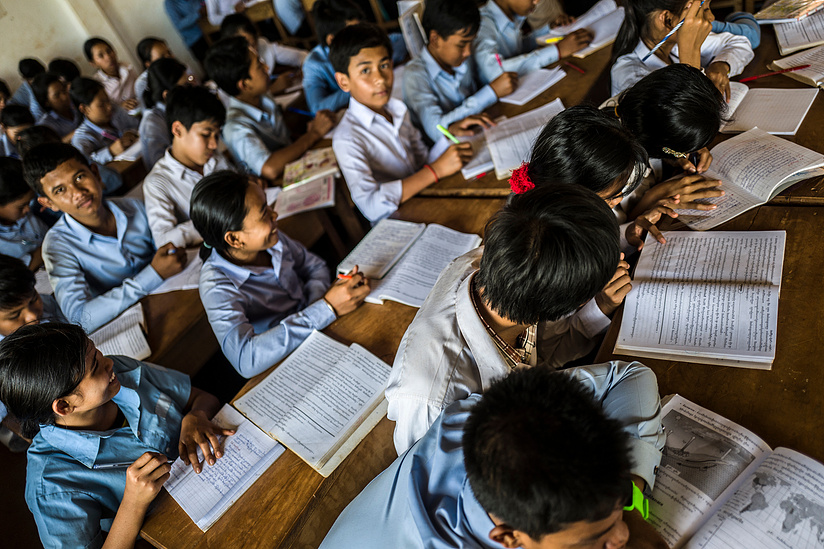

Students in class at Borkeo Lower secondary school -Laminh commune - Borkeo district, Ratanakiri Province Cambodia. The school offers a boarding facility for children who's families live in rural communities making access to school difficult.
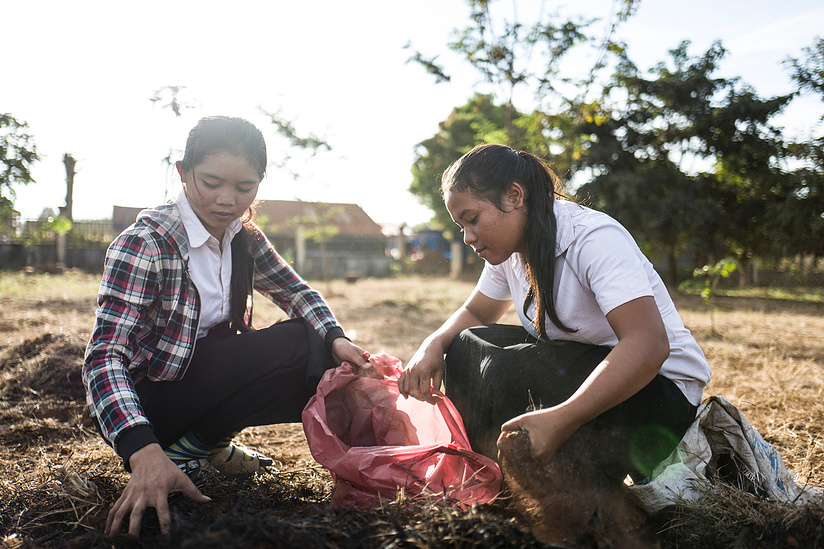
Chay Sery Aun (14) and best friend Sahan (19) collect soil as part of their class on agriculture at Borkeo Lower secondary school -Laminh commune - Borkeo district, Ratanakiri Province Cambodia. The school offers a boarding facility for childr
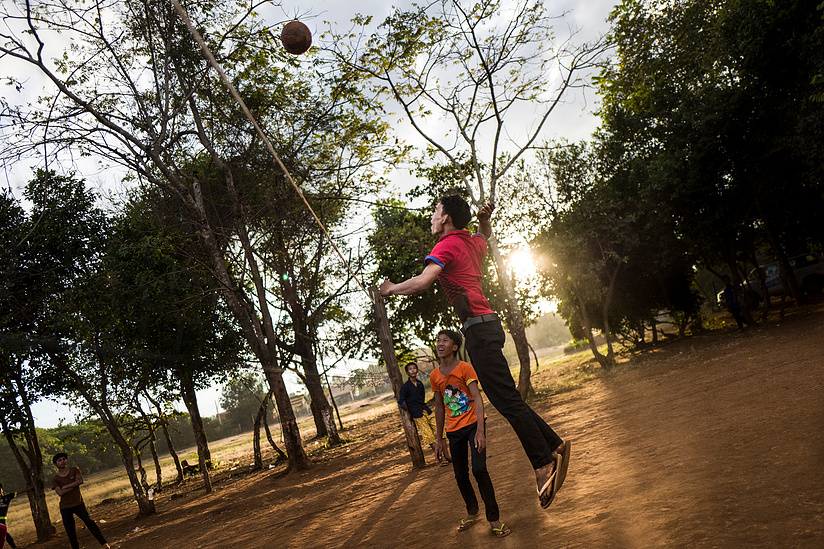
Ting Pvan 17 who is from the Jarai ethinic community plays volleyball at Borkeo Lower secondary school -Laminh commune - Borkeo district, Ratanakiri Province Cambodia. The school offers a boarding facility for children who's families live in r
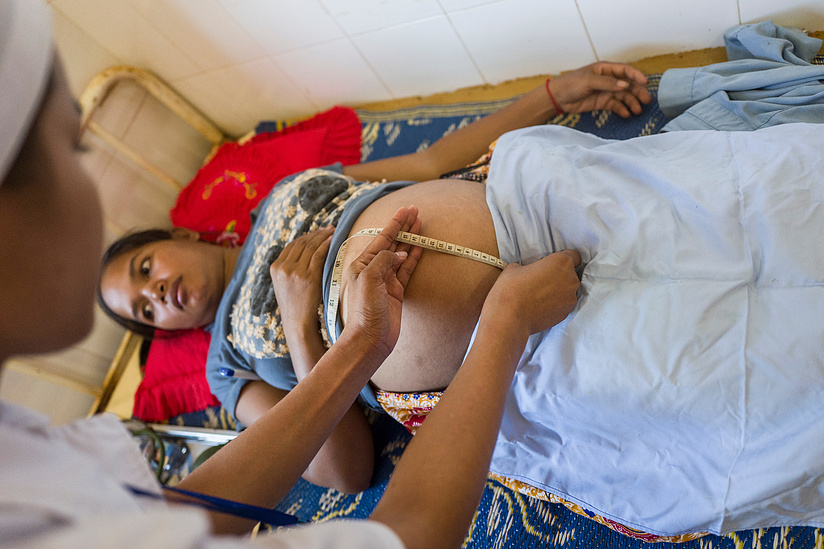
Horgn Ngi - 25 is given a pre-natal examination by Fouey Channa - Midwife at Laminh commune, Borkeo district, Ratanakiri Province Cambodia.

New born Bunthoenun Sarann at the family home in Charoung Commune - O Chum District, Ratanakiri Province, Cambodia.

Kang Pisey - 22 with her new born Bunthoenun Sarann at the family home in Charoung Commune - O Chum District, Ratanakiri Province, Cambodia.
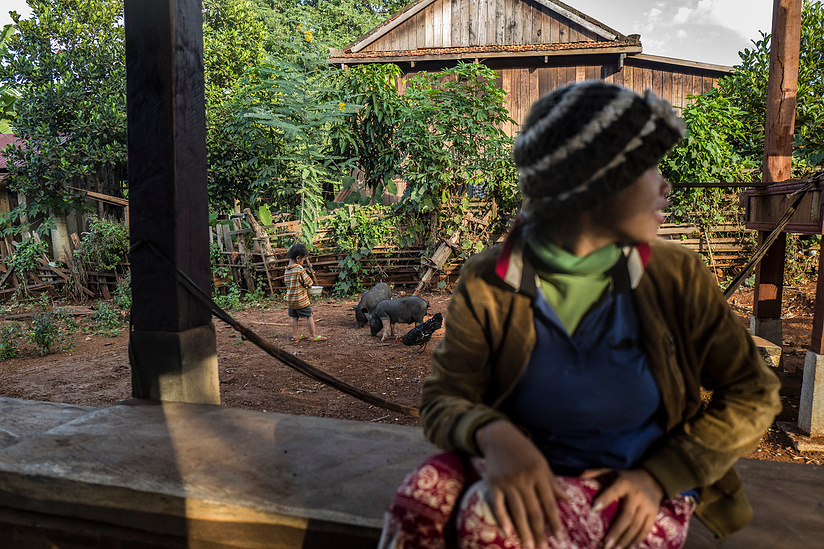
Kang Pisey - 22 sits whilst her son Bunthoeun Saroeun (3) feeds pigs and chickens at he family home in Charoung Commune - O Chum District, Ratanakiri Province, Cambodia.
In 2012 I was commissioned by the New Economics Foundation to complete the photography and peer research element of an 18-month project exploring the cumulative impact of the economic recession, public sector cuts and efforts to build a Big Society.
Through peer research and capacity building workshops, the project told real people’s stories of what living through the cuts is like in some of the most deprived areas of London and Birmingham.
It also tried to understand if people in areas like this can make the most of the opportunities presented in the shift towards open public services; ultimately asking, can the Big Society cut it in an age of austerity?
The images where made using film cameras so the participants could not sell edit and encouraged them just to "shoot" what they felt. The resulting images offer a glimpse into a hidden world of poverty and isolation that only those who live these lives can truly tell.
The images are captioned by the individuals, often lyrical and always telling.
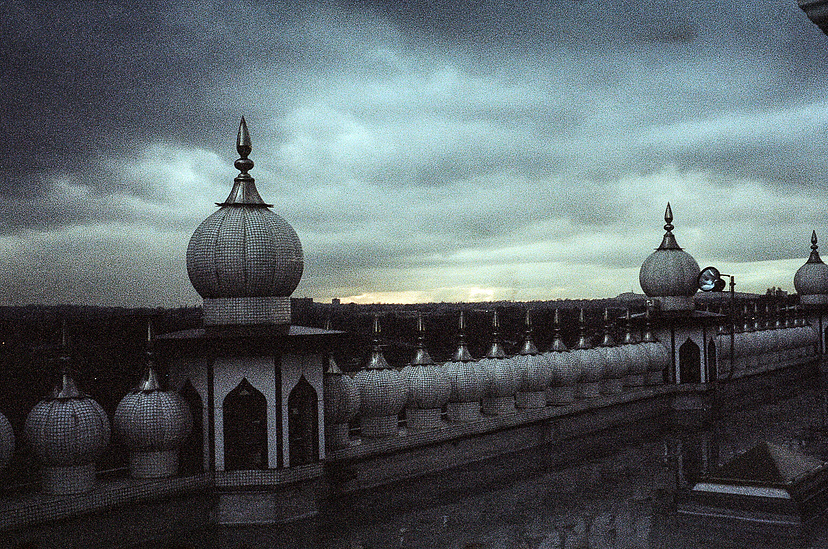
"The central mosque in Birmingham is a big part of our life, we meet, we pray, this is our socioty".
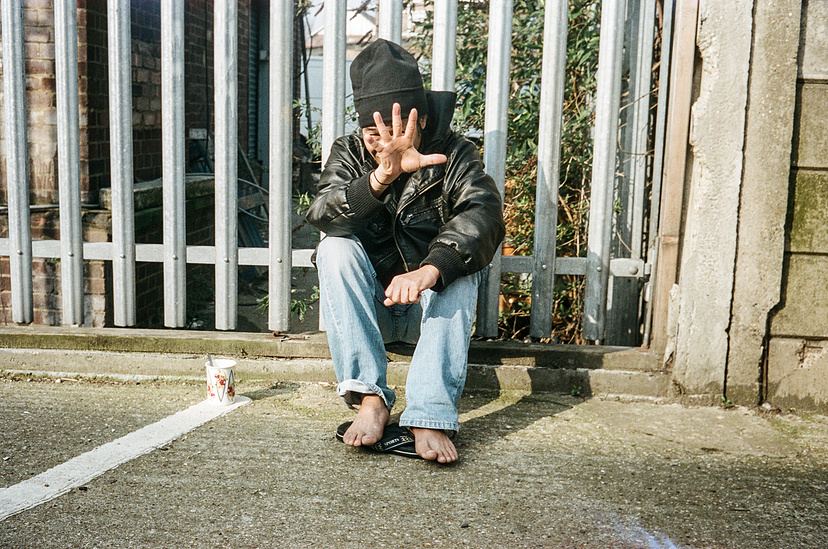
the
" He's my best friend, he lives in the housing shelter with me, before we lived together on the streets but for now we have a roof over our head."

" The high street is no longer for shopping it's for gambling...why do they throw away their money."
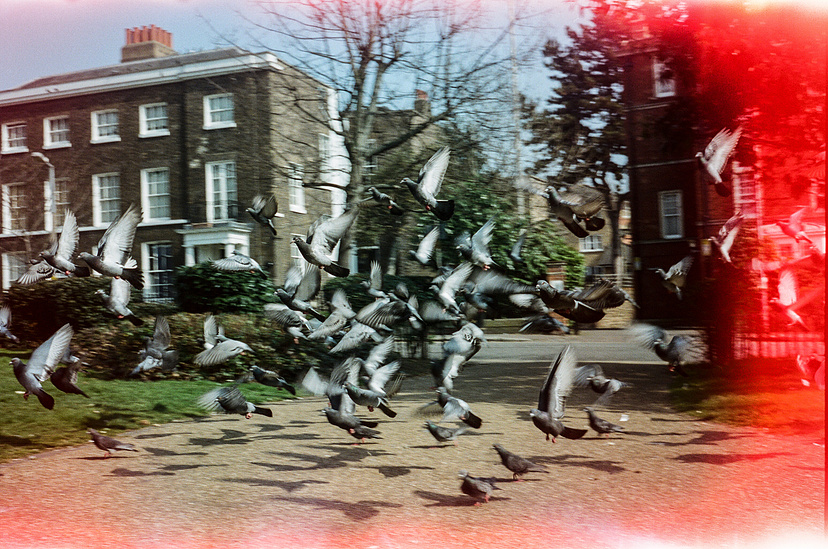
" The birds are lucky they can fly away from all of this."
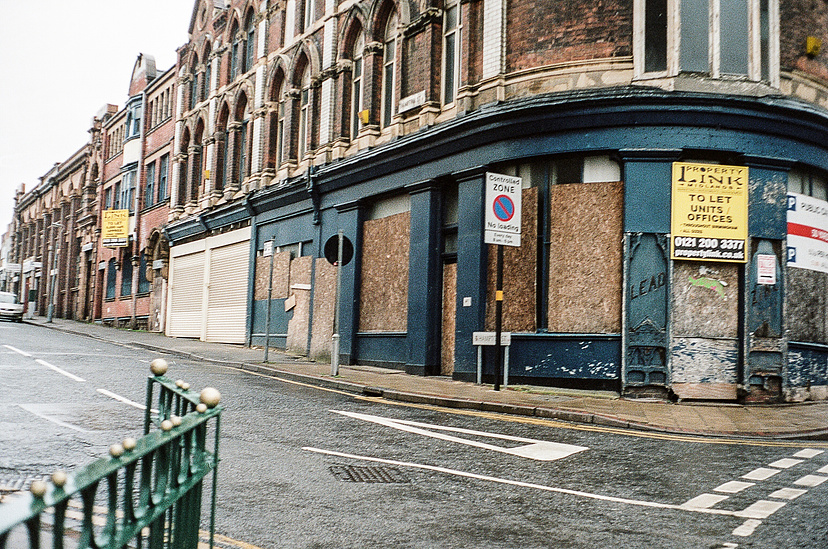
" The shops are closing, no one has the money to support these businesses."

" The bills get bigger and bigger, once I pay one then more appear."
Single images
A selection of single images from various commissions for NGO's in Cambodia, Including
ActionAid / DCA / ChrIstian Aid / Voice Cambodia

The sanitation situation in Boung Kak, Phnom Penh, Cambodia is dire. As a child pays her mother poors dirty water through a crack in the floor. With limited running water and access to toilets sickness is common place.
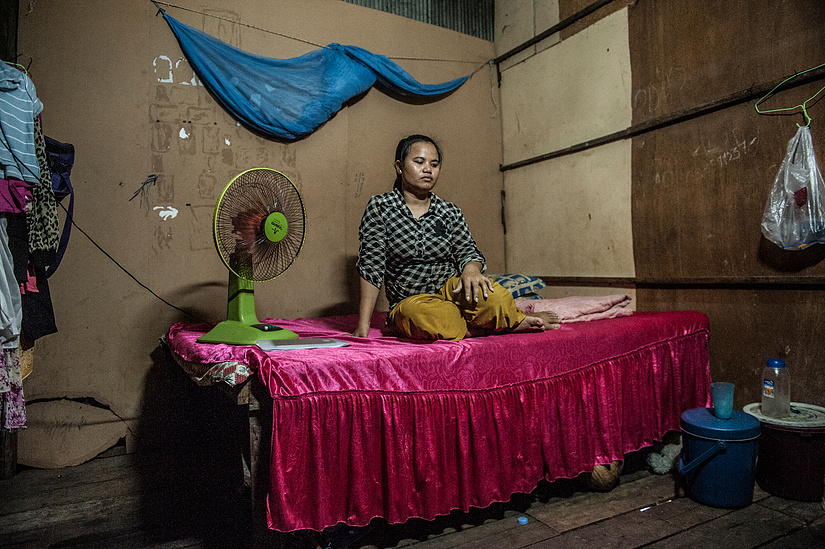
(Name withheld at the request of the individual ) A beer seller waits in her rental room in Boung Kak, Phnom Penh, Cambodia before going to work. Many beer sellers face verbal and physical abuse at the hands of their customers. In a safe city, all should be respected and not face the prospect of regular abuse.

A school in Kratie province, Cambodia is underwater after the floods in 2013. Schools have been shown how to construct elevated storage areas to keep books and equipment safe when floods arrive.

Bio gas is helping residents of Ou Reang Ov district in Kampong Cham province, Cambodia. with high electricity prices many residents rely on this sustainable resource.
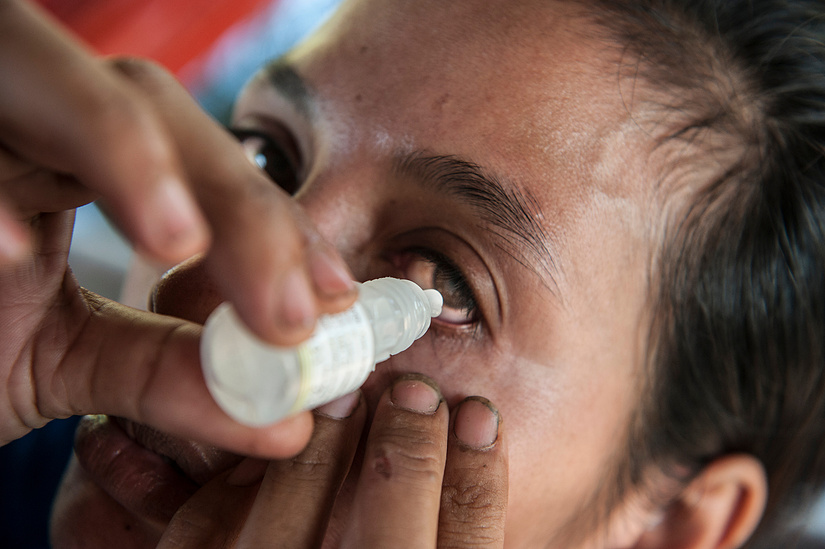
"Red Eye" is a common complaint when stagnant water is left after heavy flooding. Residents of Preah Net Preah District, Banteay Meanchy Province, Cambodia, buy medication to help stop the spread of this contagious eye infection.

Sickness amongst children is a common complaint when stagnant water is left after heavy flooding. Residents of Preah Net Preah District, Banteay Meanchy Province, Cambodia struggle with clean drinking water during this time which often leads to sickness.
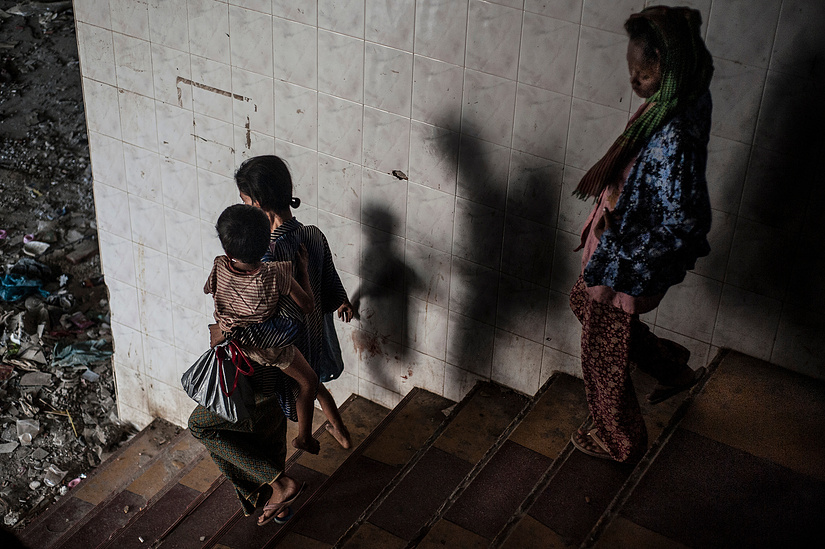
At risk families are living in derelict buildings around the site of the former lake Boung Kak in Phnom Penh, Cambodia. There is no sanitation or security making the families extremely vulnerable.